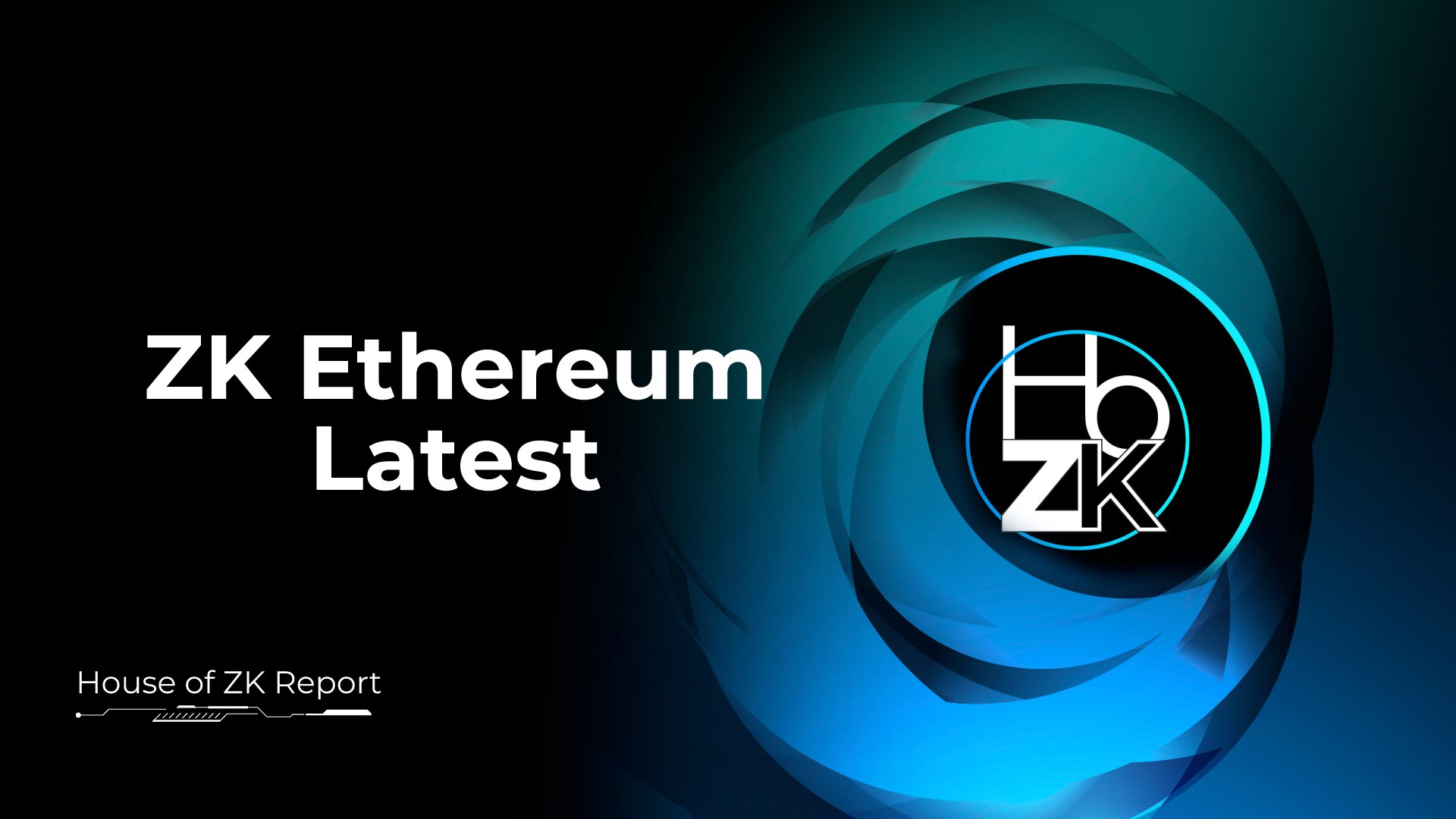
Here we report on the progress of the leading builders in the @ethereum ZK-L2 ecosystem, documenting recent significant releases, technical breakthroughs and general updates.
Featuring: @aztecnetwork, @KakarotZkEvm, @LineaBuild, @MantaNetwork, @0xPolygon, @Starknet, @taikoxyz, @HelloTelos, @ZircuitL2, & @zksync.

@aztecnetwork is introducing a privacy layer for decentralized finance on @ethereum, allowing users to interact with popular apps like @Uniswap, @aave, and Yearn without revealing personal data: https://aztec.network/blog/your-favorite-defi-apps-now-with-privacy
Built as a privacy-preserving L2, Aztec lets users choose what to keep public or private through smart contract wallets.
Connected by bridges from projects such as @wormhole, @trainprotocol, and @Substance_Labs, Aztec enables private trading, governance, and compliance while maintaining liquidity across major chains.

@KakarotZkEvm Co-founder @ClementWalter featured in a House of ZK Special alongside @sylvechv, Co-founder of @hyli_org: https://x.com/HouseofZK/status/1985368989342798096
They joined @alicelingl to discuss client-side proving, privacy uses, and recent updates. Clement explained how Kakarot pivoted from being an EVM client to offering a (@StarkWareLtd-based) zkVM for consumer devices, whilst Sylve discussed Hyli's July testnet launch.
The duo went on to talk about their joint FibRace campaign for benchmarking mobile proving.
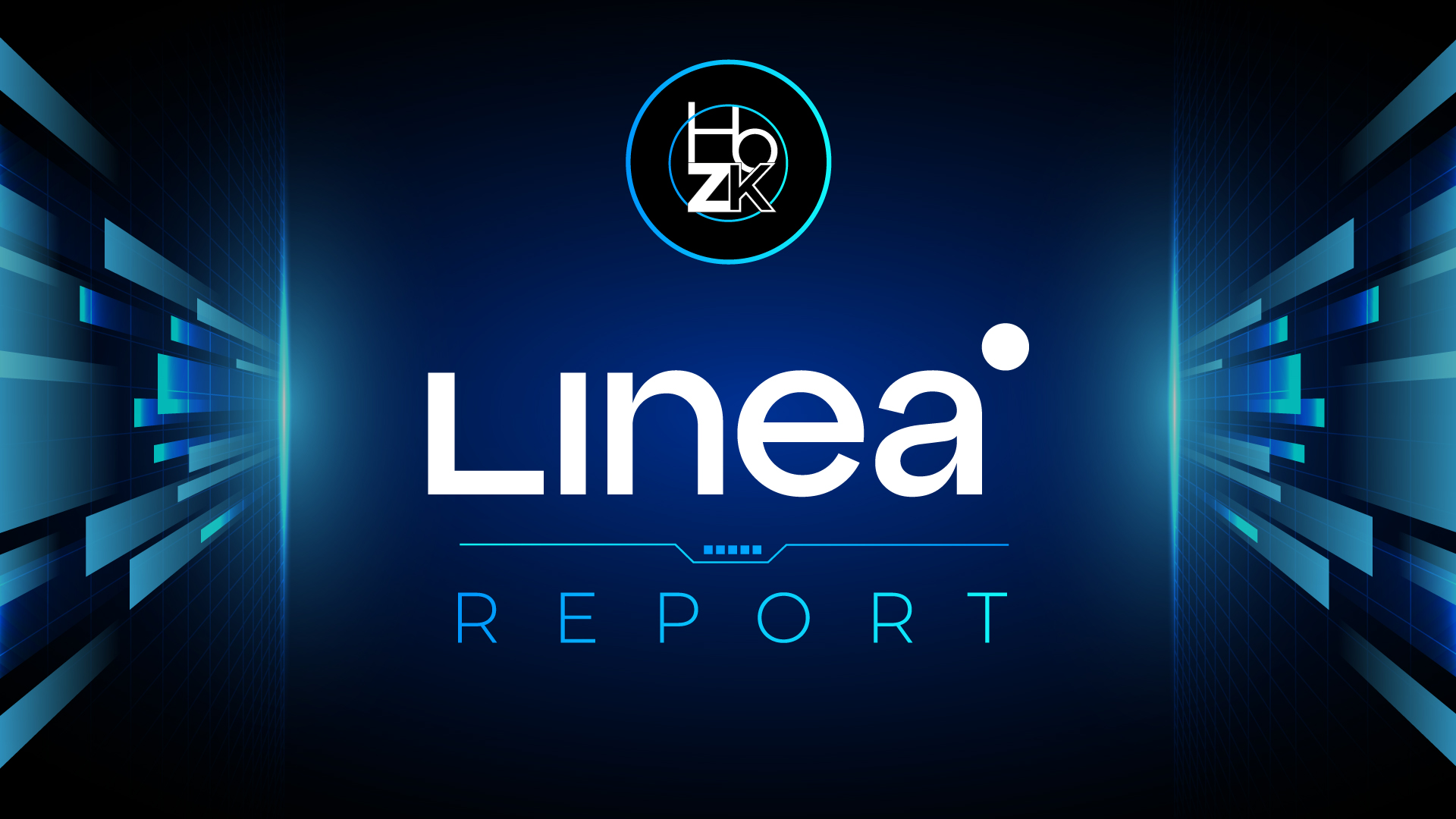
DeFi Yields
@LineaBuild will host a $200 million ETH deployment from @SharpLink through @ether_fi and @eigenlayer to expand institutional DeFi yields: https://paragraph.com/@linea/sharplink-plans-to-deploy-200m-of-eth-on-consensys-linea
The initiative combines staking, restaking, and yield incentives on Linea’s L2 network, secured by @Anchorage. The collaboration aims to strengthen @ethereum’s institutional ecosystem, optimize SharpLink’s ETH treasury management, and support the growth of scalable onchain financial infrastructure.
Staking
The project has also launched Direct Staking on its network with @LidoFinance, using @chainlink’s CCIP technology: https://x.com/LineaBuild/status/1980986533730713690
The feature lets users stake ETH and receive wstETH in a single transaction, removing the need for bridging or delays. It offers two options - on-demand staking or instant liquidity via pools - while maintaining strong cross-chain security through Chainlink’s risk-managed protocol.
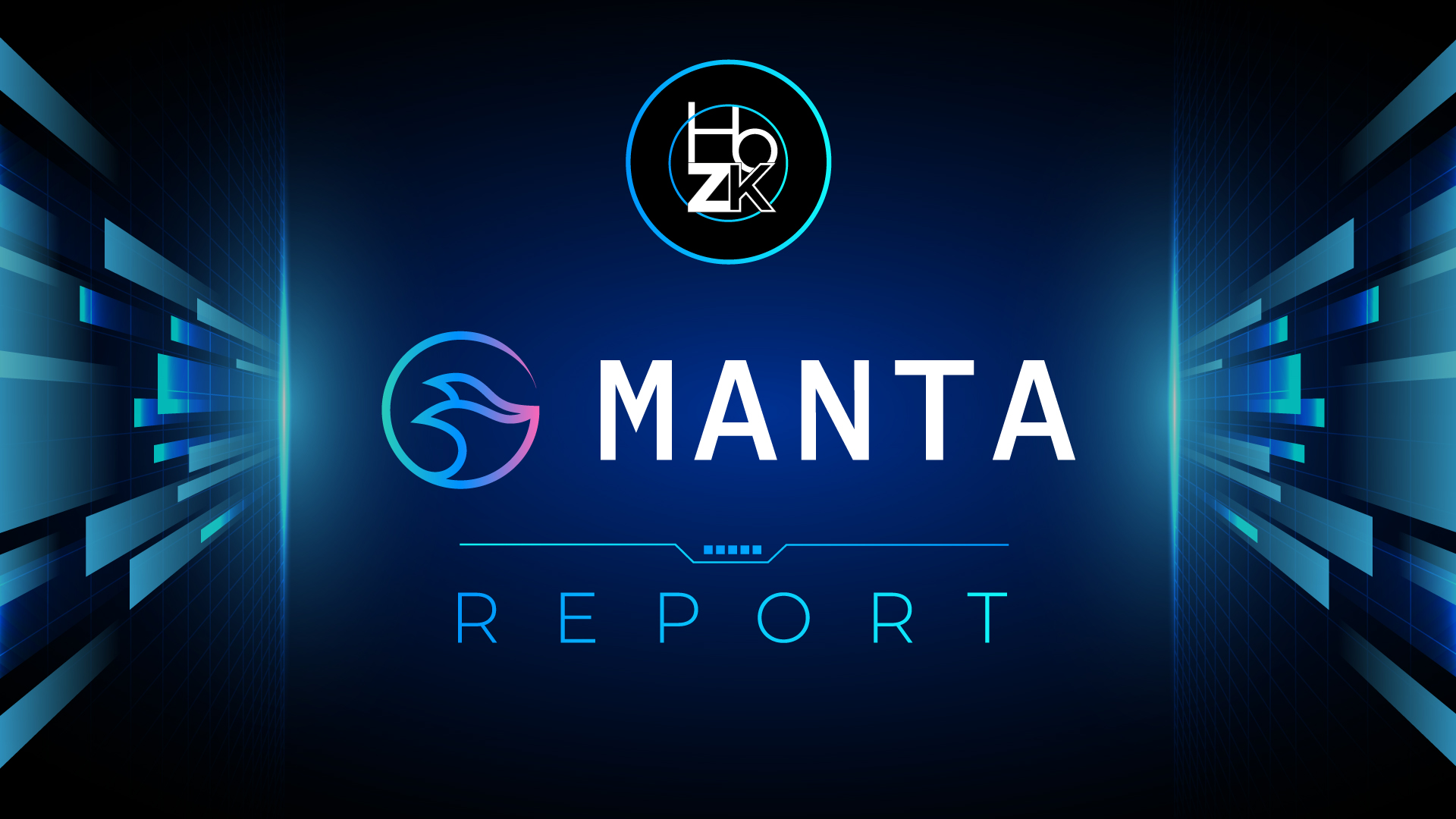
@MantaNetwork has launched Manta Labs, a chain-agnostic ecosystem aimed at making Web3 technology more accessible and engaging: https://mantanetwork.medium.com/introducing-manta-labs-a8a6d8dad94a
The initiative focuses on developing practical, user-friendly applications across different blockchains and supporting developers with tools and resources.
Early projects, such as @SUPERFORTUNE888 and @junkfun_, already attract over 30,000 daily users, demonstrating the potential for wider Web3 adoption through improved user experience.

@0xPolygon has recently announced a string of new strategic partnerships aimed at expanding its role in institutional DeFi and real-world blockchain payments, including:
• @ManifoldTrading: Partnered with Polygon to enhance onchain market structure through institutional-grade liquidity provisioning and data-driven execution strategies. The goal is to reduce slippage and make DeFi infrastructure more suitable for large-scale institutional activity: https://polygon.technology/blog/manifold-brings-institutional-liquidity-standards-to-defi-on-polygon
• @DCS_DeCard: Integrated with Polygon to enable stablecoin payments (USDC, USDT0) across over 150 million merchants globally. This expands stablecoin utility into real-world spending, connecting blockchain assets with traditional payment networks: https://polygon.technology/blog/decard-unlocks-stablecoin-payments-for-150m-merchants-globally-powered-by-polygon
• @theflutterwave: Selected Polygon as its default blockchain for a cross-border payments product. The integration enables instant, low-cost stablecoin transfers across 30+ African countries, targeting both enterprise and consumer use cases in emerging markets: https://polygon.technology/blog/flutterwave-selects-polygon-as-its-default-blockchain-for-cross-border-payments
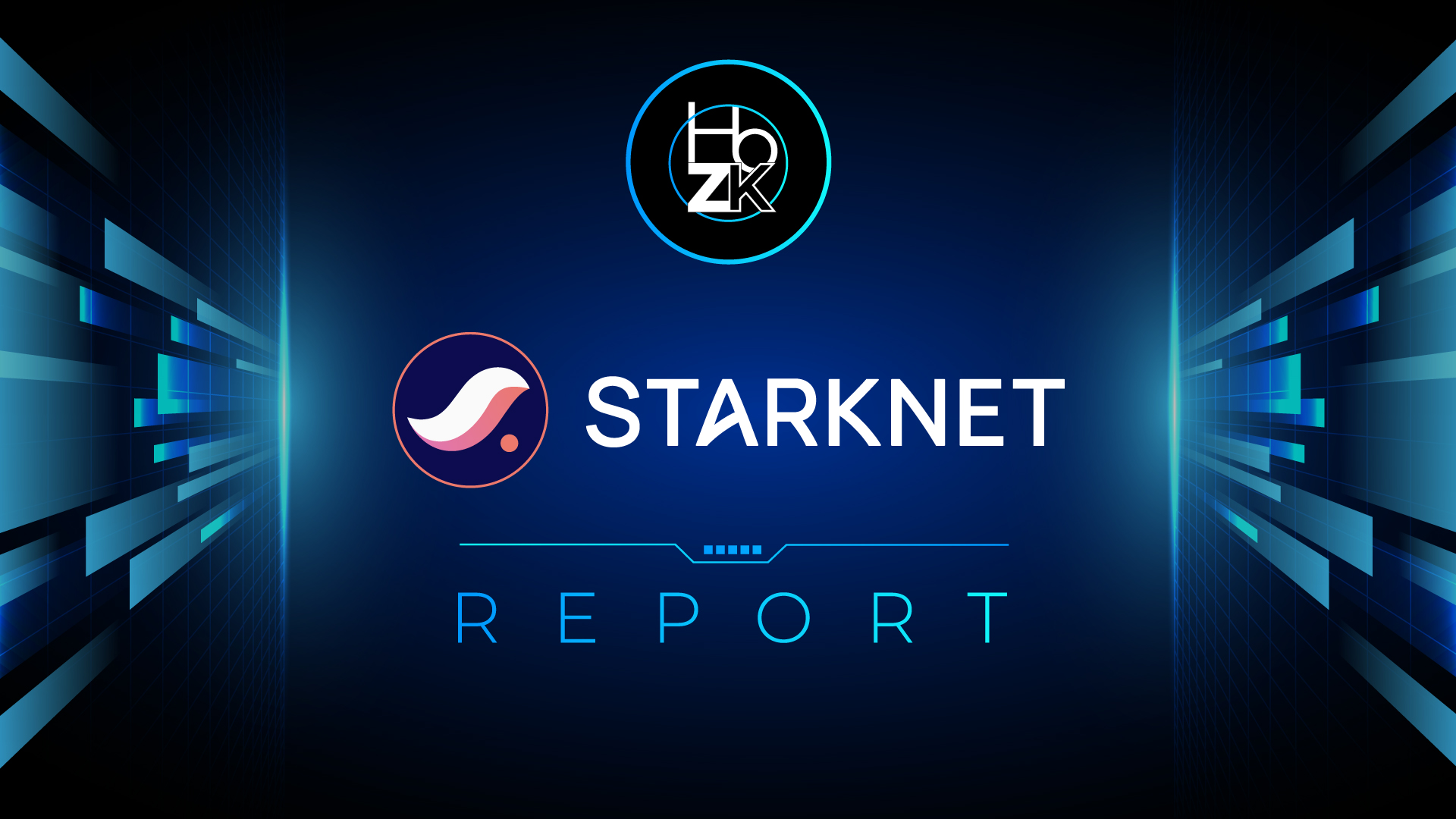
S-two
@Starknet has launched S-two (a new open-source prover developed by @StarkWareLtd) live on mainnet: https://starknet.io/blog/s-two-is-live-on-starknet-mainnet-the-fastest-prover-for-a-more-private-future/
Every network block is now verified through S-two, using Circle STARKs and the M31 field, significantly improving proof speed and efficiency.
The upgrade enables client-side proving on devices, reduces costs, and enhances scalability.
v0.14.1
Starknet has announced version 0.14.1, which will launch on Testnet on Nov 11th, with Mainnet targeted for Nov 25th: https://community.starknet.io/t/starknet-v0-14-1-prerelease-notes/116032
The update replaces Poseidon with BLAKE hash functions for CASM hash calculations under SNIP-34, improving efficiency and gas usage. Blocks will close faster during low network activity, and JSON-RPC v0.10.0 introduces updates to state diffs, events, and subscriptions.
Developers are advised to review breaking changes early.
Partnerships & Integrations
1/ Starknet now supports direct asset transfers from @solana through a new bridge powered by @hyperlane, expanding interoperability between the two ecosystems: https://starknet.io/blog/bridging-solana-to-starknet-expanding-token-access-through-hyperlane/
The integration gives users easier access to Solana’s large DeFi market while benefiting from Starknet’s scalability and low fees. This step strengthens Starknet’s role as a cross-chain DeFi hub and sets the stage for broader blockchain connectivity.
2/ The project is also preparing to introduce native @USDC and @circle’s Cross-Chain Transfer Protocol (CCTP) V2, enhancing DeFi liquidity and interoperability: https://starknet.io/blog/native-usdc-cctp-v2-coming-to-starknet/
Native USDC will replace the bridged version (USDC.e), enabling direct mint-and-burn transfers across supported blockchains without intermediaries. The shift ensures faster, safer, and more transparent transactions while strengthening @Bitcoin-based DeFi activity on Starknet. Migration from USDC.e to native USDC will occur gradually in the coming weeks.
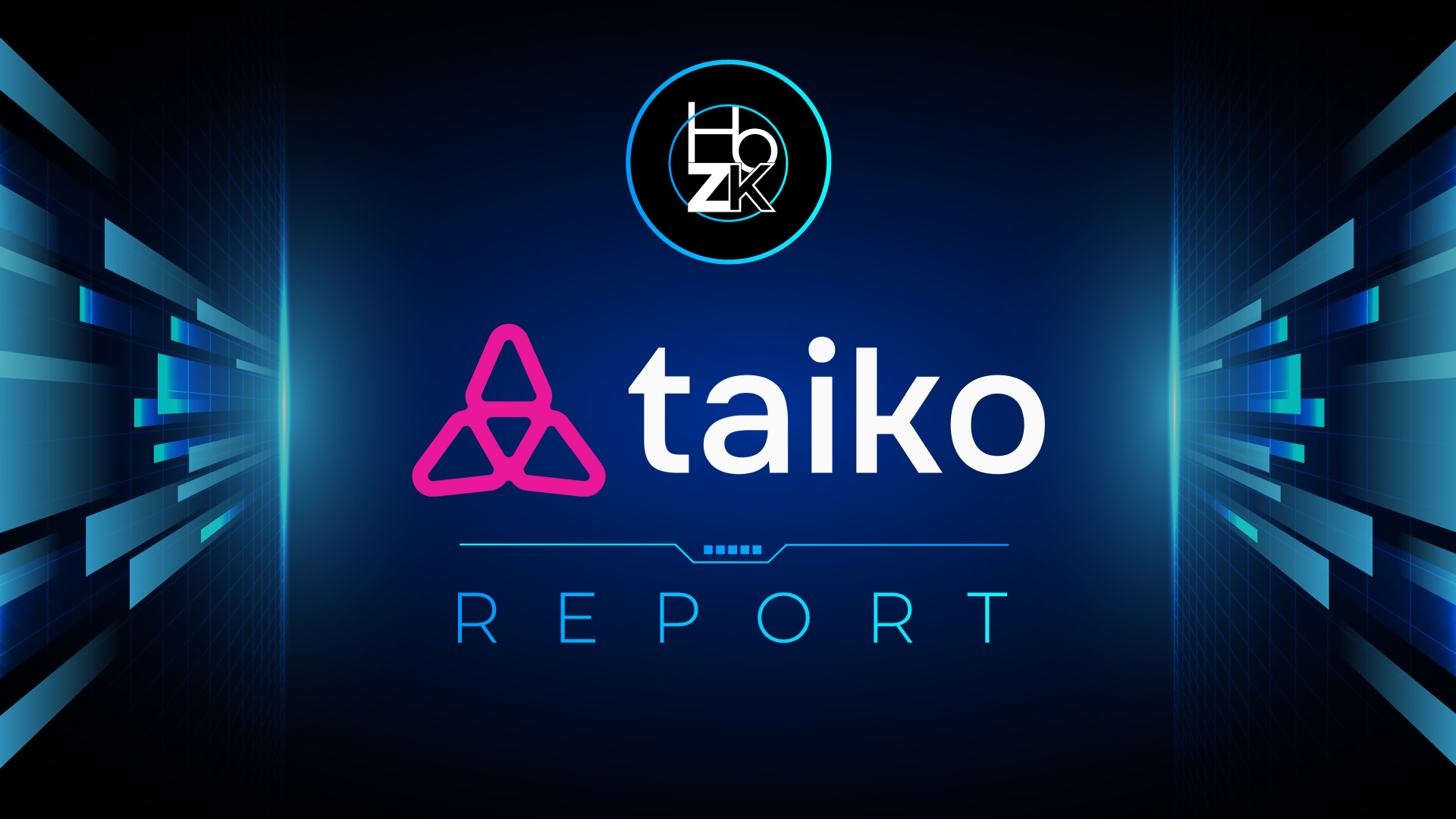
@taikoxyz has released the updated @alethiataiko whitepaper, detailing its approach to building a “based rollup” that relies on @ethereum’s own validators instead of centralized sequencers: https://taiko.mirror.xyz/ZhkXJR2FEllXiNircXomstAKSdUGZ_wApKLOc7EbwR4
The system enables sub-second preconfirmations, batch-based proving for lower costs, and multiproving using both zkSNARKs and SGX for redundancy.
The paper outlines technical specifications, cost-saving improvements, and future upgrades aimed at scaling Ethereum without reducing decentralization.
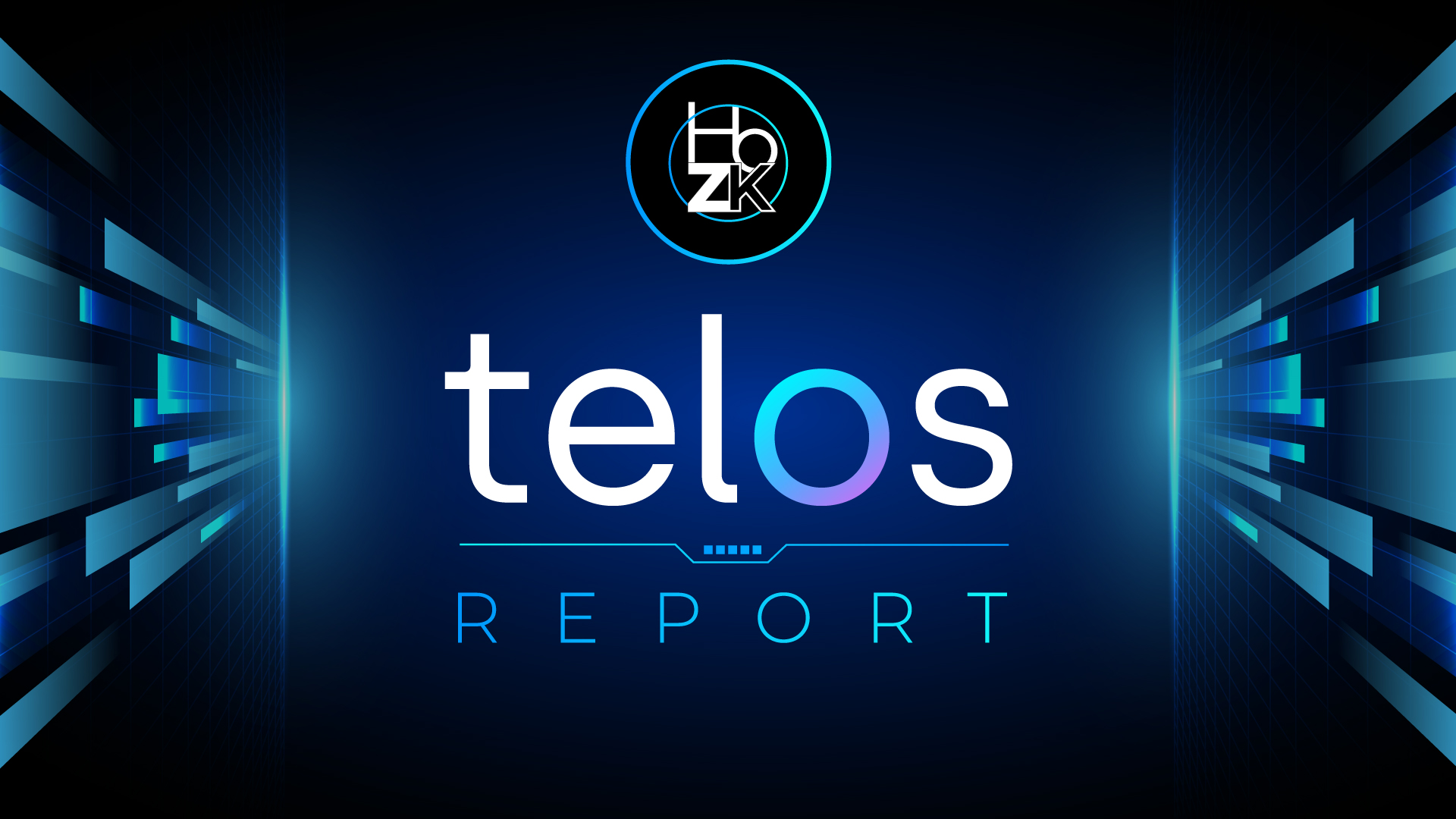
@HelloTelos shared a string of latest updates: https://x.com/HelloTelos/status/1984516058540040690
Highlights include:
• Telos Privacy Layer progress: The launch is targeted for late 2025, beginning with private transfers for TEL, USDC, and ETH. Future phases will add smart contract interactions, expanded shielded asset pools, and ZK identity features, supported by a privacy-focused wallet for web, desktop, and mobile.
• Network upgrade: The new BLS signature aggregation update strengthens Telos’s cryptographic base, improving security and enabling the next wave of ZK and privacy applications.
• Project spotlight: @letsexchange_io, a multi-network crypto hub supporting over 5,000 coins and 300+ networks, offers fiat on-ramp, cross-chain swaps, DEX integration, and full Telos EVM support.

@ZircuitL2 shared an article explaining how it moved from testnet to an AI-powered L2 mainnet built to make @ethereum transactions faster, cheaper, and more secure: https://zircuit.com/blog/from-testnet-to-mainnet-zircuits-journey-and-the-future-of-scalable-ethereum
The network has attracted billions in user assets and strong institutional support. Looking ahead to 2025, Zircuit plans to introduce Sequencer Level Security v2.0, expand AI tools for DeFi monitoring and auditing, enhance cross-chain efficiency, and support developers through new grant initiatives.
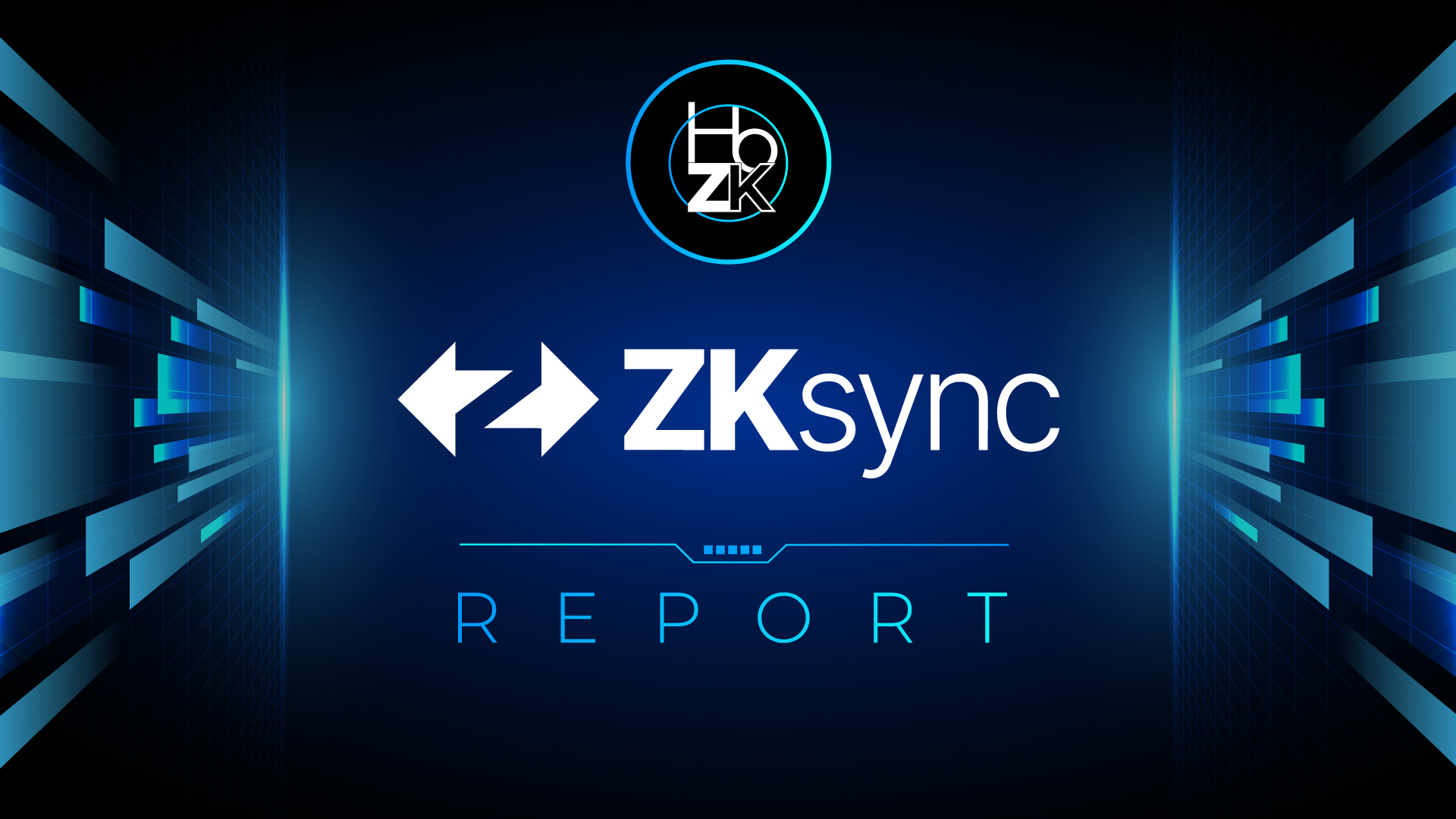
Airbender
@zksync announced progress with its Airbender zkVM, which is now featured on @eth_proofs with impressive performance results: https://x.com/zksync/status/1983243385147146291
Airbender can verify ZKsync chain blocks in roughly one second and @ethereum blocks in under 50 seconds using a single GPU. The system is built on a new RISC-V architecture developed by ZKsync cryptographers over the past two years.
Capital Hub
@gluk64, CEO of ZKsync, published a detailed post explaining the impact of ZKsync's recently launched Atlas upgrade: https://x.com/gluk64/status/1984046259796148434
The update, already live on mainnet, connects ZKsync-based chains directly to Ethereum’s liquidity, achieving over 15,000 TPS, one-second finality, and near-zero fees.
Atlas removes the need for separate liquidity hubs, positioning Ethereum as the central capital layer for institutional and real-world asset flows across the ZKsync ecosystem.
The development also caught the attention of @VitalikButerin, who noted ZKsync’s consistent and valuable work within the Ethereum ecosystem.